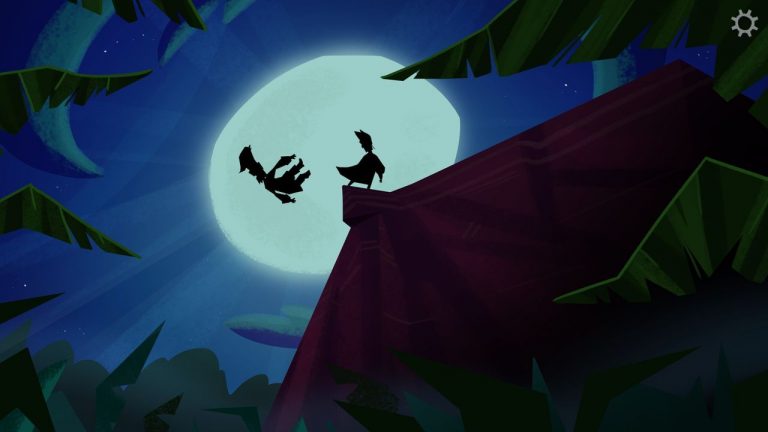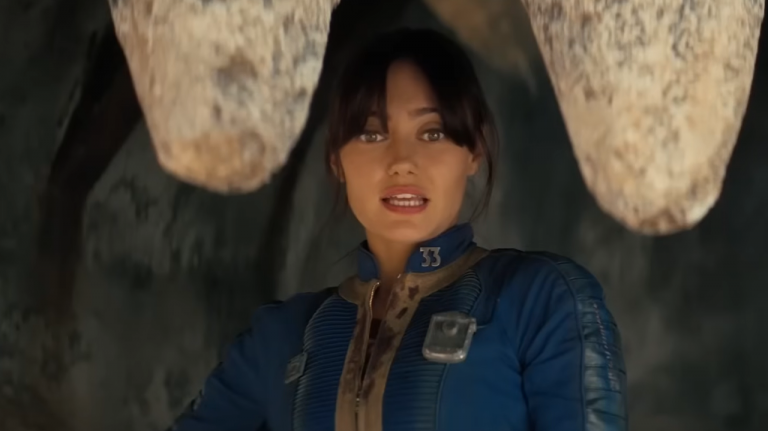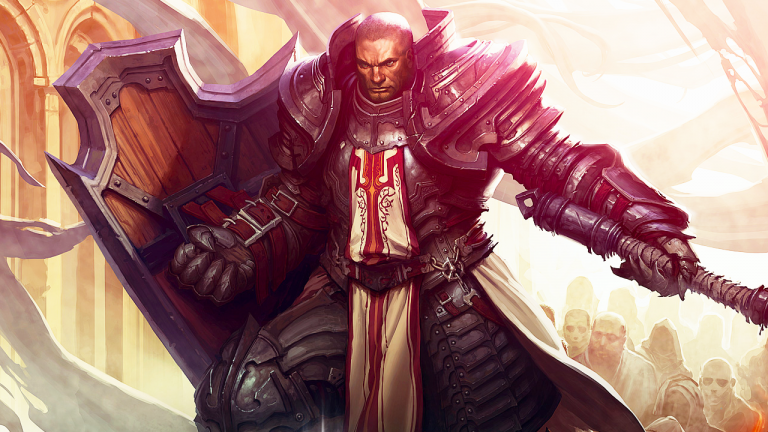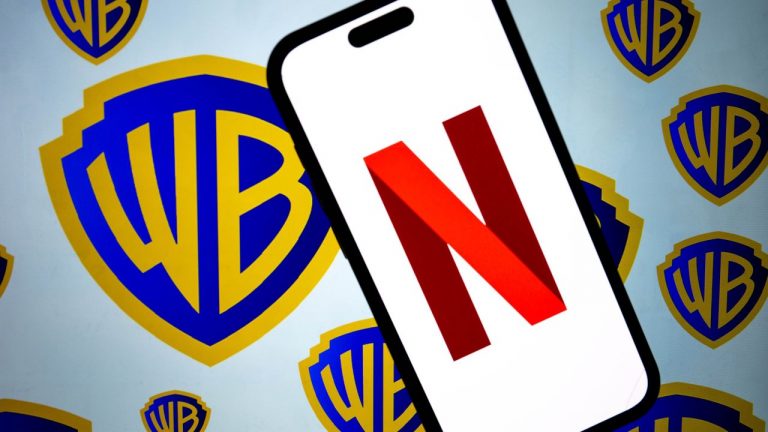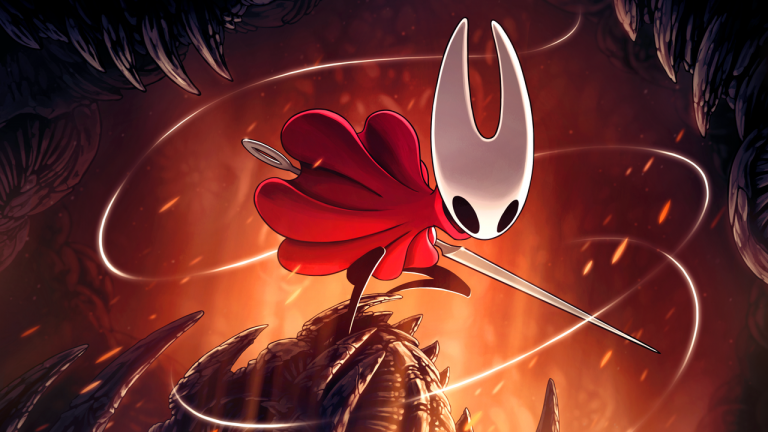Author’s note: This is Part 2 of the GameAnalytics monetization series. You can find Part 1 which focuses on traditional monetization strategies here. Part 3 will be published next Thursday, guiding you toward maximizing game revenue.
________________
Last week we explored traditional monetization strategies commonly employed in the gaming industry, focusing on freemium and premium models. We outlined various methods such as in-app purchases, advertising, and limitation removal, highlighting their implementation and impact on player experiences.
However, it is not a secret that our industry is constantly changing as player preferences and market trends are shifting over time. What worked once will not necessarily work the second time, and a strategy that uplifted one game could be detrimental to another. This is why Game Developers, Growth Managers and Game Designers should be aware of as many innovative monetization solutions as possible. Beyond revenue generation, these alternatives offer resource-efficient options and the flexibility to tailor strategies that enhance player experiences in ways traditional methods can’t.
Alternative monetization strategies
Traditional strategies may not always be suitable for every game or audience, as player demographics and gaming habits vary widely. Alternative strategies, on the other hand, offer customization options to cater to diverse player needs and preferences. Through creativity and experimentation, developers can differentiate their games and create unique experiences that resonate better with their players.
These are some of the alternative monetization strategies:
Web Shops
Digital subscriptions and memberships
Merchandising and licensing
Sponsorships
Live streaming and donations
NFT and blockchain
Events and experiences
1. Web Shops
Web Shops are the perfect addition to mobile game monetization strategies. Revenue is generated from purchases made through the web-based storefront. This includes various monetization strategies such as selling in-game items, virtual currency, exclusive content, and subscriptions directly to players as part of a direct-to-consumer (D2C) strategy.
What this means in practice is that mobile players are invited to a browser-based store, where they proceed with their purchases just as they would in your app. However, this solution offers a more personalized shopping experience, that reflects players’ needs to progress within the game.
Web Shop also expands a game’s LiveOps capabilities with wide-range of web-based LiveOps tools that increase players’ LTV, Retention and Engagement across all platforms.
The goal of implementing a Web Shop is to maximize revenue opportunities and enhance the overall LiveOps monetization strategy for mobile games.
Ready to scale with Web Shop? Speak to an expert now.
2. Digital subscriptions and memberships
Subscriptions are commonly used on mobile platforms, particularly iOS and Android, where users can subscribe to access premium features, receive content updates, or enjoy exclusive perks on a recurring basis. Examples of games using subscriptions include Clash of Clans by Supercell, which offers a monthly Gold Pass subscription for additional in-game rewards and perks. Also, platforms like Roblox offer premium memberships that grant players additional Robux currency and exclusive items.
Note: Subscription in-game monetization can also refer to monetization model that maintain player’s access to a game base on recurring fee.
3. Merchandising and licensing
Merchandising involves selling physical merchandise such as clothing, accessories, or collectibles featuring game branding and artwork. This strategy is commonly used across various genres, with examples like “Fortnite” by Epic Games offering a wide range of merchandise, including apparel, toys, and accessories.
A related strategy is licensing game assets, characters, or intellectual property for use in merchandise, spin-off games, or other media formats. Games like Minecraft by Mojang Studios license their characters and branding for various merchandise, toys, and media projects.
4. Sponsorships
Game developers can partner with brands or companies for sponsorships, integrating product placements, branded content, or sponsored events within the game. This strategy can be found in mobile games like Pokémon GO by Niantic, which collaborates with various brands for in-game events and promotions.
5. Live streaming and donations
Live streaming platforms offer opportunities for game developers to monetize content through ads, subscriptions, donations, or sponsorships. Games such as League of Legends by Riot Games are popular choices for live streaming, with streamers earning revenue through subscriptions and donations from viewers. Game developers who feel comfortable in front of the camera can also venture onto platforms like Twitch or YouTube and receive donations from their viewers during live streams and gameplay sessions.
6. NFTs and blockchain
Exploring opportunities in non-fungible tokens (NFTs) and blockchain technology allows developers to create digital collectibles, in-game assets, or player-owned economies. In the last few years, we’ve seen a lot of Web3 games come out. Sky Mavis released Axie Infinity, Nplus Entertainment has League Of Kingdoms, Bright Star Studios made Ember Sword. The idea of owning your digital assets is clearly quite important. In fact, Web3 gaming accounts for almost half of all blockchain activity. We explored this trend and took a look at Zynga’s Sugertown here.
7. Events and experiences
Hosting virtual or real-world events, conventions, or meet-ups for fans to engage with developers, participate in tournaments, or purchase exclusive merchandise is a strategy used by many major games across all platforms. Games like World of Warcraft by Blizzard Entertainment host in-game events and real-world conventions like BlizzCon for their community.
These are just a few examples of popular and innovative monetization strategies. However, the potential for creativity and innovation knows no bounds. Game developers are continually exploring new avenues to generate revenue and enhance player experiences, leading to a diverse range of monetization approaches across the industry. If you are curious to learn more, you can venture into exploring in-game events, digital collectibles, influencer partnerships, or virtual real estate, to name a few more.
Compare, analyze and optimize your revenue with GameAnalytics
Join us next week as we will guide you towards maximizing your revenue. We’ll explore key considerations for setting your game’s monetization strategy and delve into the importance of taking a data-driven approach to maximize your earnings.
In the weeks ahead, we’ll also dig into revenue analytics, showing you how to track your earnings, understand your data, and make smart decisions to boost your bottom line.
In the meantime, make sure your game is set up to send revenue data to GameAnalytics, and keep an eye out for our new Monetization dashboard coming soon. Get ready to level up your monetization and take your studio to the next level!




